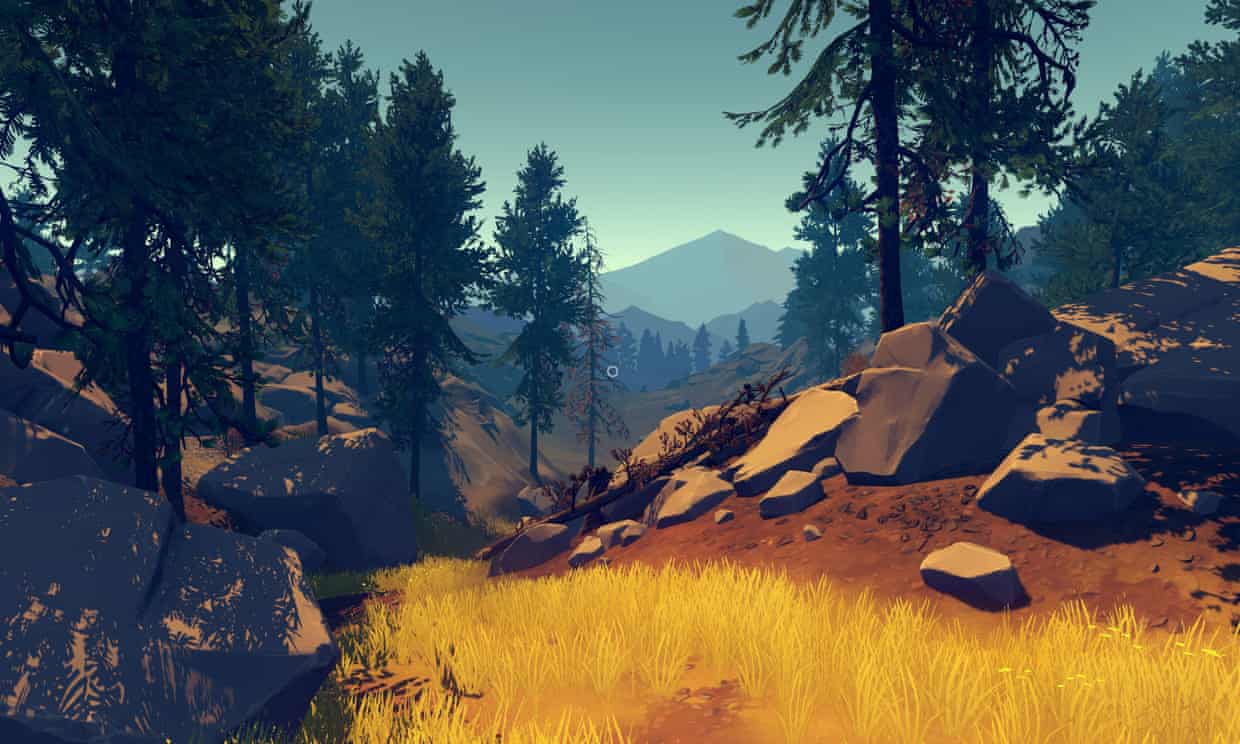The project that was the most intriguing for me was ‘Tracing the Decay of Fiction: Encounters with a Film’. For me it was a great example of combining archival materials, visual effects, interactive systems design and storytelling. The archival materials, on its own probably would not be deemed as engaging/intuitive for audience to peruse or comprehend. Yet, when masterfully combined using techniques from other disciplines, the value of the materials is greatly enhanced and elevated.
Having a visual effects background helps me to appreciate how it was utilised in this context; Mr Pat has recreated scenes and combined them with archival material, in a manner that is comparable to big budgets films of the day. Also, the technology has been used in a purposeful and appropriate manner, in contrast to the endless stream of violent, explosive, meaningless films of the modern era.
I can only imagine the difficulty in crafting a coherent narrative around a set of disparate archival materials. It is also interesting to note that with a structure in place, a sense of ‘interaction’ is created organically where the audience can selectively ‘move’ through a recreated virtual space and relive/explore an iconic landmark in ways that would be costly/impossible to do in real-life. That in itself is the value an interactive piece aforementioned can provide, that is otherwise impossible to achieve from traditional means like a documentary(a passive medium) or a site tour(subject to locality and availability). The additional benefit is the content has been curated to be appropriate and relevant to whatever experience is desired, so though the experience is essentially free-form, it has been carefully crafted to allow for a tantalising and complete experience.
Who would want to browse through that intimidating collection of archival materials anyway :p


/cdn.vox-cdn.com/uploads/chorus_image/image/56769943/firewatch_150615_05.0.0.png)